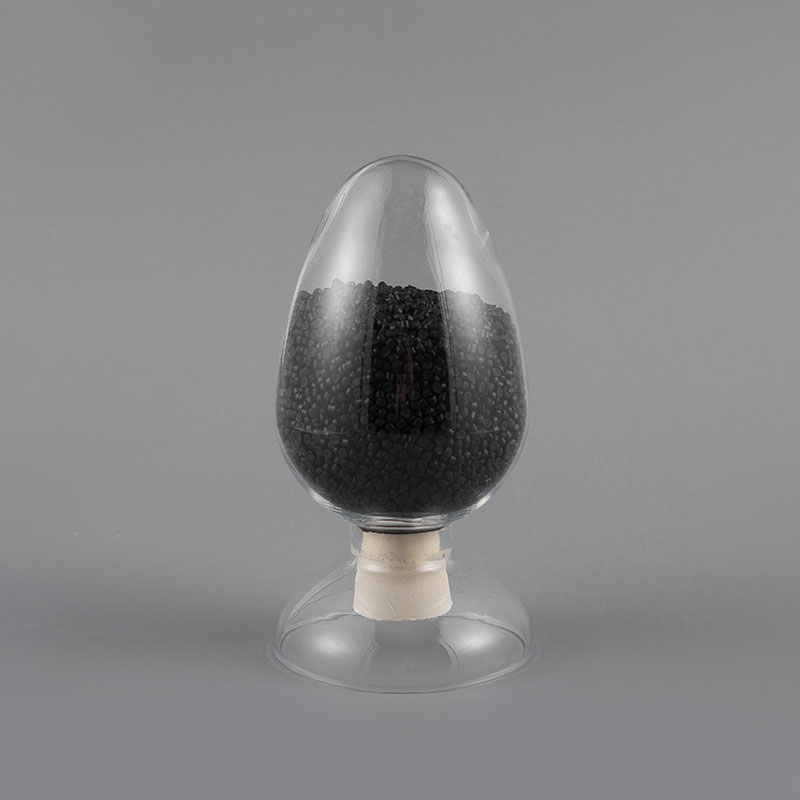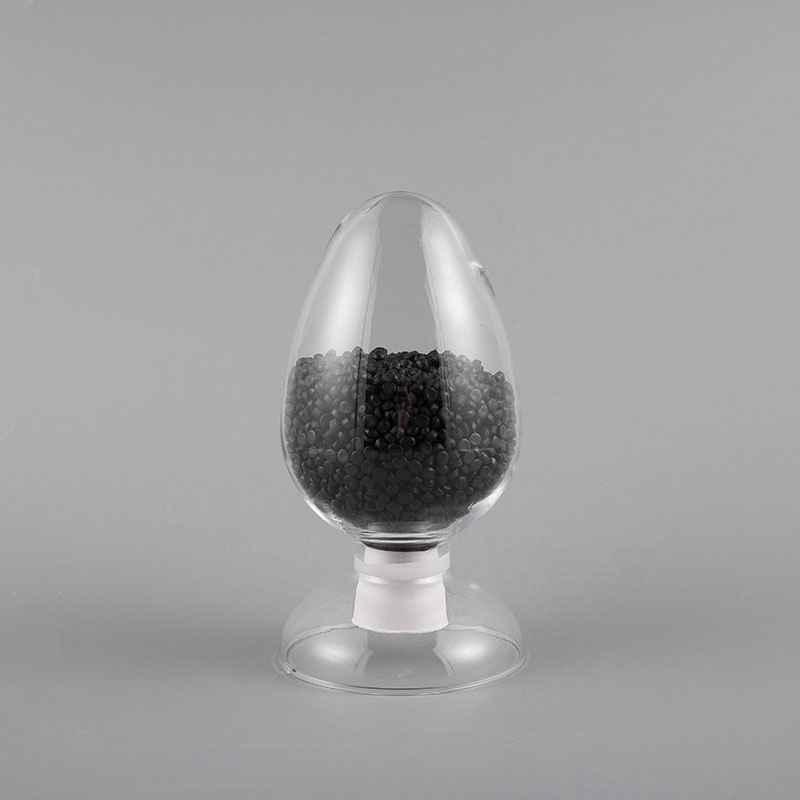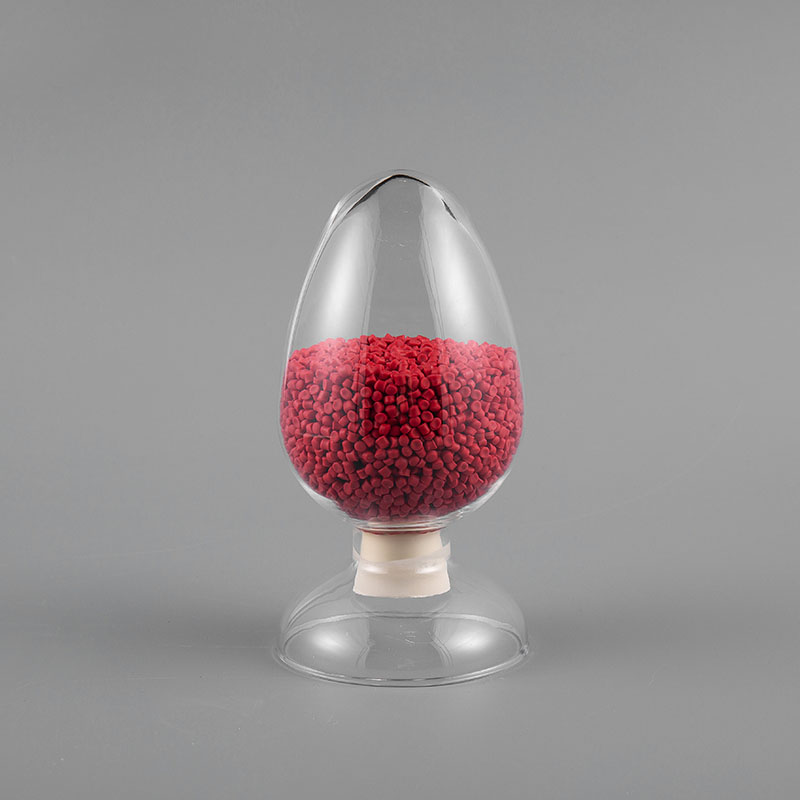ML-FH125-PV 125 درجة مئوية يتميز الغمد الكهروضوئي/المركب العازل الخالي من الهالوجين والدخان المنخ...
معلومات عنا
30لسنوات عديدة
خبرة
معلومات عنا
من الصين إلى السوق العالمية.
هانغتشو ميلين تكنولوجيا المواد الجديدة المحدودة نعم الصين ODM/OEM مجمع الكابلات الضوئية مزود و بالجملة مجمع الكابلات الضوئية, تم تأسيسنا في يوليو 1994 (مصنع Zhejiang Lin'an Hongyan للبلاستيك سابقًا). لدى الشركة مصنعين يقعان في رقم 619 طريق لينج لونج شان، منطقة لينج لونج الصناعية، منطقة لينآن، هانغتشو ورقم 259 شارع شينغ يو، شارع لينج تشيو. وتتمتع الشركة برأس مال مسجل قدره 75 مليون يوان صيني، وتغطي مساحة تزيد عن 18 ألف متر مربع ومساحة بناء تزيد عن 30 ألف متر مربع. في الوقت الحاضر، تم بناء مصنع صناعي حديث و18 خط إنتاج آلي متقدم. سيتم تشغيل المصنع الجديد في عام 2021، مما يؤدي إلى إنشاء أنظف وأجمل مصنع للمواد الكابلية المهنية في المنطقة - شروط الاتفاق.
-
مدير 27 Nov 2025
الامتثال للسلامة من الحرائق والتحقق من خلو مركبات LSZH ل...
اقرأ المزيدفي السوق العالمية للبنية التحتية وشبكات الاتصالات مواصفات ** مركبات LSZH لكابلات الاتصالات ** هو مطلب غير قابل للتفاوض مدفوع بلوائح صارمة للسلامة من الحرائق. إن استخدام مواد منخفضة الدخان وخ...
-
مدير 20 Nov 2025
ما وراء السلامة من الحرائق: تقييم طول العمر الميكانيكي و...
اقرأ المزيدبالنسبة للمشترين B2B في صناعة الكابلات، شراء ** مركب LSZH ** هو قرار عالي المخاطر يعتمد على أكثر من مجرد معايير السلامة من الحرائق. في حين أن انخفاض دخان المادة وخواص الهالوجين الصفرية تعتبر...
-
مدير 12 Nov 2025
أحدث إصدار لعام 2025: تحليل كامل لرموز النظام المنسق لرم...
اقرأ المزيدفي صناعة مواد الأسلاك والكابلات سريعة التطور، يتم تحديد والامتثال لـ LSZHcomoundHScode أصبحت حاسمة بالنسبة للمصنعين والمصدرين والمستوردين على حد سواء. تقدم هذه المقالة دليلاً احترافيًا ومفصل...
-
مدير 06 Nov 2025
فهم LSZHCompoundsForTransportationCables: السلامة والاخت...
اقرأ المزيدوفي ظل الطلب المرتفع على البنية التحتية للنقل وأنظمة النقل الجماعي اليوم، تعد سلامة الكابلات مصدر قلق غير قابل للتفاوض. يستكشف هذا المقال كيف LSZHمركبات لكابلات النقل تقديم أداء فائق،...
مجمع الكابلات الضوئية معرفة الصناعة
What are the effects of weather resistance and UV resistance of photovoltaic cable composite materials on their outdoor use?
The weather resistance and UV resistance of photovoltaic cable composite materials are crucial for their outdoor use. The following are the specific effects of these two on the performance of photovoltaic cables:
1. Extend service life
Photovoltaic cables are often exposed to different environmental conditions outdoors, especially ultraviolet (UV) radiation. The UV resistance of the composite material can effectively prevent UV damage to the outer layer of the cable, avoid surface aging, hardening, cracking or peeling, and thus extend the service life of the cable. Without good UV protection, the outer layer of the cable may lose mechanical strength and insulation within a few months or years, causing electrical failures or safety hazards.
2. Prevent material degradation and performance degradation
The outer sheath of the cable without good weather resistance and UV resistance will undergo thermal oxidation, cross-linking and material degradation when exposed to sunlight for a long time. This not only affects the appearance of the cable, but may also affect its electrical insulation performance, leading to leakage, short circuit or accelerated cable aging, especially in high temperature and humid environments. Good composite materials can maintain stable electrical performance and mechanical strength, and can continue to provide reliable power transmission even in extreme weather conditions.
3. High temperature and cold resistance
In addition to UV resistance, photovoltaic cable composites also need to have good high temperature and low temperature resistance. UV exposure can cause drastic changes in temperature, and the outer sheath material of the cable must be able to remain flexible at high temperatures and not easily brittle at low temperatures. This is particularly important for photovoltaic systems installed in extreme climates.
4. Reduce maintenance costs and improve system reliability
High-quality weather-resistant and UV-resistant composite materials can effectively reduce the maintenance frequency of cables. Avoiding material damage caused by UV rays can not only extend the life of photovoltaic cables, but also reduce downtime and repair costs caused by cable damage. This can improve the overall reliability of photovoltaic power generation systems and reduce potential system failures.
5. Compliance with international standards and regulations
Photovoltaic cables need to comply with international standards (such as IEC 60228, IEC 60332, etc.) when designing and manufacturing, which include specific requirements for UV resistance and weather resistance. Qualified composite materials can ensure that the cables meet these standards, ensure safe and efficient operation in different climate conditions, and avoid legal liabilities and market risks caused by unqualified materials.
In the production of photovoltaic cables, how to ensure that the composite material has sufficient electrical insulation and conductivity?
In the production of photovoltaic cables, it is key to ensure that the composite material has sufficient electrical insulation and conductivity to ensure that the cable can transmit power stably and reliably in different working environments. Specifically, the following ways can be used to ensure that the composite material has these properties:
1. Select appropriate raw materials
Insulating materials: The outer layer of photovoltaic cable composite materials usually uses polyvinyl chloride (PVC), cross-linked polyethylene (XLPE), etc. as insulating materials. Selecting materials with excellent electrical insulation properties is the basis for ensuring the insulation of the cable. For example, cross-linked polyethylene (XLPE) is widely used in photovoltaic cables due to its high temperature resistance, UV resistance and insulation.
Conductive materials: The material selection of the conductive part is very important. The conductors in photovoltaic cables usually use high-purity copper or aluminum. These metals have good conductivity and low resistance, ensuring that there is no excessive loss of current during transmission.
2. Cross-linking and processing of materials
Cross-linking process: In order to enhance the mechanical strength, thermal stability and electrical insulation of the insulating material, the cross-linking process (such as using chemical cross-linking or electron beam cross-linking technology) is very important. Cross-linked insulation materials can improve their heat resistance, voltage resistance and environmental resistance, thereby ensuring the reliability of photovoltaic cables under high voltage or extreme climatic conditions.
Anti-corona performance: Under high voltage conditions, corona discharge may occur on the cable surface, which will damage the cable's insulation layer. To this end, adding anti-corona materials to the composite material formula can effectively prevent the formation of corona and ensure that electrical performance is not affected.
3. Strict quality control and testing
Electrical insulation test: During the production process, cable manufacturers will conduct a series of tests to verify the electrical performance of the insulation layer. Common tests include voltage resistance tests (such as high voltage tests) and insulation resistance tests. Through these tests, it can be ensured that the insulation of the composite material meets the standard requirements.
Conductivity test: Conduct conductivity tests on the conductive part to ensure that the purity and conductivity of copper or aluminum meet the requirements. If the conductivity is insufficient, it will lead to low power transmission efficiency and even overheating problems, affecting the long-term reliability of the cable.
4. Adding specific functional fillers
Adding conductive fillers: If certain electrical properties need to be enhanced, such as improving conductivity or optimizing electromagnetic shielding effects, specific conductive fillers may be added to the composite material. For example, fillers such as conductive carbon black and metal powder can enhance the conductivity of the material and ensure that the cable has sufficient electrical performance under specific conditions.
Uniform distribution of fillers: The uniform distribution of fillers is crucial to the electrical performance of the cable. During the production process, it is necessary to ensure that the fillers are evenly distributed to avoid abnormal electrical performance in local areas.
5. Design to adapt to environmental factors
Temperature adaptability: Photovoltaic cables are often exposed to high or low temperature environments, and the electrical insulation of the composite material needs to remain stable in these temperature-changing environments. For example, the selection of insulating materials with high thermal stability can ensure that the cable can still maintain excellent electrical performance in high temperature environments.
Moisture influence: Photovoltaic cables may be exposed to humid or rainy environments. Therefore, the composite material should have good waterproof properties to avoid moisture intrusion and affect electrical insulation. For high humidity environments, materials with moisture-proof or waterproof coatings can be selected.
6. Compliance with international standards and certifications
In the production of photovoltaic cables, manufacturers need to ensure that their composite materials meet international and regional electrical safety standards. Common standards include:
IEC 60228 (standard for cable conductors)
IEC 60332 (cable fire performance test)
UL certification (US cable product safety certification)
RoHS certification (restriction of the use of hazardous substances)
These standards not only put forward strict requirements on electrical performance, but also involve the safety of cable use in various environments, ensuring that the material can work stably for a long time.
7. Outer sheath and shielding layer design
Sheath design: The outer sheath of the photovoltaic cable (usually made of PVC, rubber or other plastic materials) needs to provide not only physical protection, but also good electrical insulation to prevent external factors from affecting the electrical performance of the conductor.
Electromagnetic shielding layer: Some photovoltaic cables will add a metal shielding layer to prevent electromagnetic interference. The design of the composite material can enhance the electromagnetic shielding effect by selecting appropriate metal materials (such as copper wire, aluminum wire or aluminum foil) to prevent the leakage of internal signals in the cable.
-
1994
تأسيس الشركة
-
3w ㎡
منطقة الشركة
-
18+
خط الإنتاج
-
50+
المنتجات ذات التقنية العالية
عنوان
فلسفة العمل
بالالتزام بفلسفة العمل "التركيز على كل حبة دواء، وخلق كل حبة دواء بقلب"، قدمت الشركة خطوط إنتاج متقدمة ومعدات اختبار احترافية، وأنشأت مركزًا للبحث والتطوير البلدي. وهي في وضع رائد بين أقرانها وتوفر ضمان قوي لجودة المنتج. من أجل تلبية المتطلبات الجديدة للتحسين المستمر لمواد الكابلات في ظل الوضع الجديد، يولي موظفو ميلين المزيد من الاهتمام للإدارة العلمية والابتكار، استنادًا إلى المواهب المهنية القوية، والموجهة نحو السوق، والابتكار التكنولوجي باعتباره اختراقًا، ونجحوا في تطوير سلسلة من المنتجات الجديدة .














